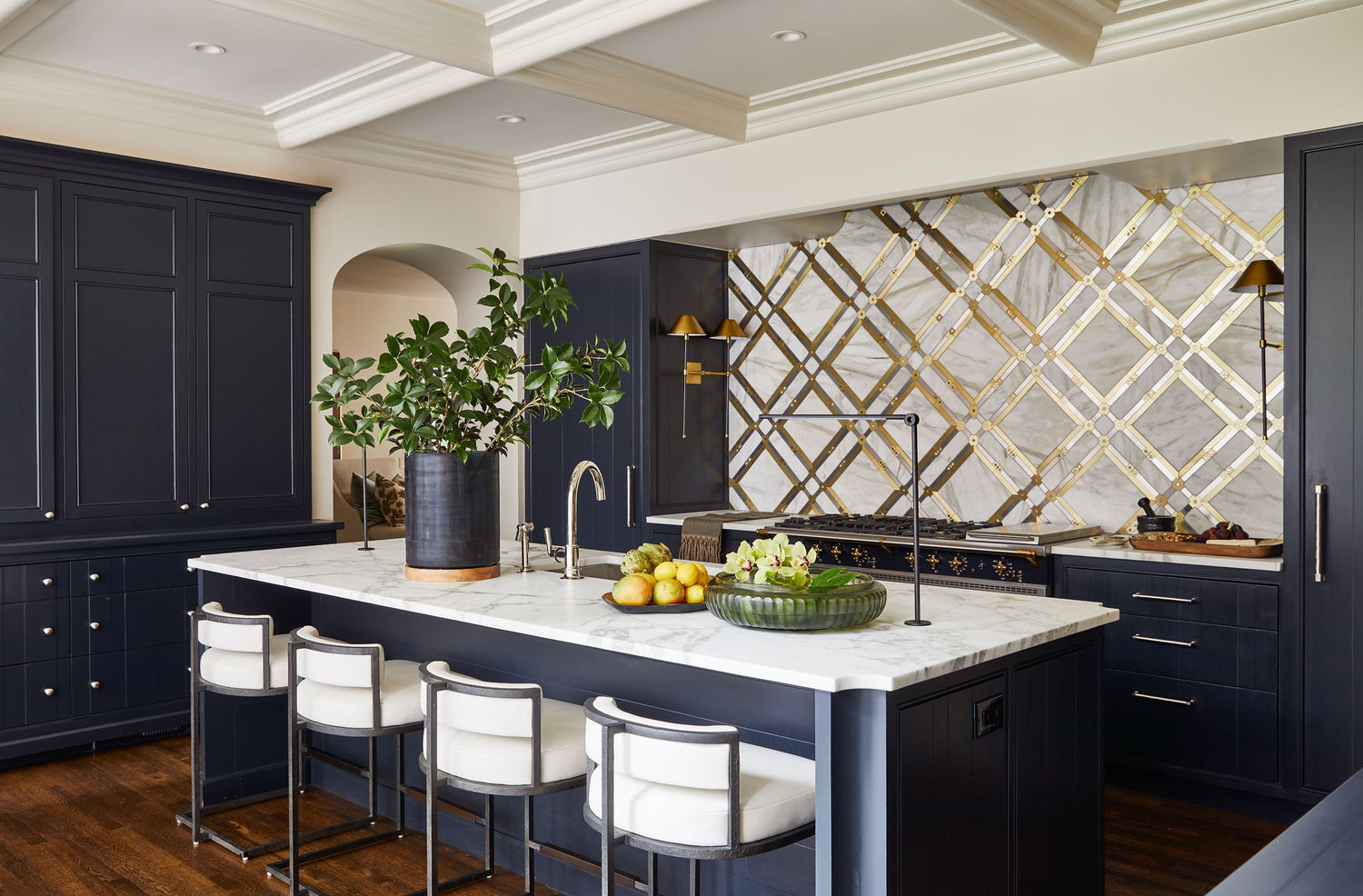The relationship between interior designers and product sales is undergoing a dramatic transformation. Gone are the days when a designer's revenue was limited to markup on furniture and hourly fees. Today's most successful designers are building sophisticated commerce engines around their expertise and influence.
The Evolution of Designer Revenue Models
Traditional Model:
- Product markup
- Design fees
- Trade program discounts
-
Project management fees
Emerging Model:
- Social commerce revenue
- Digital storefront sales
- Brand partnerships
- Content monetization
- Curated collections
-
Passive income streams
Success Stories from the Field
Case Study 1: The Instagram Design Star
Sarah*, a residential designer with 50,000 followers:
- Monthly Revenue: $25,000+ from social commerce
- Key Strategy: Daily shoppable room tours
- Platform: Custom storefront with one-click purchasing
- Result: Built a six-figure passive income stream
Case Study 2: The Design Firm Pioneer
Studio B Design*:
- Traditional Revenue: $800K/year
- Added Social Commerce: +$400K/year
- Key Strategy: Project-based shopping collections
- Result: 50% revenue increase with minimal additional effort
*Names changed for privacy
Different Models for Different Designers
1. The Content Creator
- Focus: Educational content with integrated shopping
- Revenue: Affiliate sales + sponsored content
- Platform: Social media + blog
- Target: DIY enthusiasts and design admirers
2. The Curator
- Focus: Highly selective product collections
- Revenue: Commission on sales
- Platform: Custom storefront
- Target: Design-savvy consumers
3. The Brand Builder
- Focus: Own-brand products + partnerships
- Revenue: Direct sales + licensing
- Platform: Multi-channel approach
-
Target: Luxury market
Implementation Strategies That Work
1. Start with What You Know
- Begin with products you already specify
- Leverage existing client relationships
- Build on proven recommendations
2. Build Your Platform
- Choose the right technology
- Create seamless user experience
- Integrate with existing business
3. Grow Your Audience
- Consistent content strategy
- Valuable design insights
- Authentic engagement
4. Optimize Operations
- Automate where possible
- Track performance metrics
-
Adjust based on data
Common Challenges and Solutions
Challenge 1: Time Management
Solution:
- Batch content creation
- Automate posting
-
Outsource administration
Challenge 2: Product Selection
Solution:
- Start small and curated
- Focus on high-margin items
-
Test and iterate
Challenge 3: Technology Integration
Solution:
- Choose user-friendly platforms
- Invest in proper setup
-
Leverage available support
Key Metrics to Track
1. Revenue Metrics
- Gross sales
- Average order value
- Commission rates
-
Conversion rates
2. Engagement Metrics
- Click-through rates
- Time on site
- Return visits
-
Social engagement
3. Customer Metrics
- Customer lifetime value
- Repeat purchase rate
- Referral sources
-
Demographics
Future Opportunities
The designer-led commerce model is still in its early stages. Emerging opportunities include:
- AR/VR shopping experiences
- Live shopping events
- Custom product development
-
International expansion
Building Your Commerce Strategy
1. Assessment Phase
- Evaluate current influence
- Identify target market
-
Define unique value proposition
2. Planning Phase
- Choose technology platforms
- Define product strategy
-
Create content plan
3. Launch Phase
- Start with core offering
- Build momentum
-
Gather feedback
4. Growth Phase
- Expand product selection
- Increase marketing efforts
-
Optimize based on data
Keys to Success
1. Maintain Design Integrity
- Only promote products you believe in
- Stay true to your aesthetic
-
Focus on quality over quantity
2. Build Systems
- Automate routine tasks
- Create scalable processes
-
Document procedures
3. Focus on Value
- Provide design context
- Share expert insights
- Build trust through authenticity



